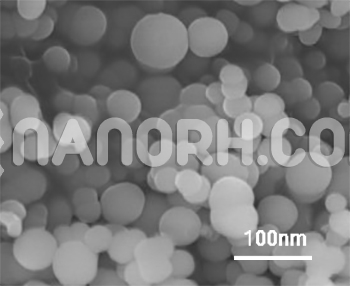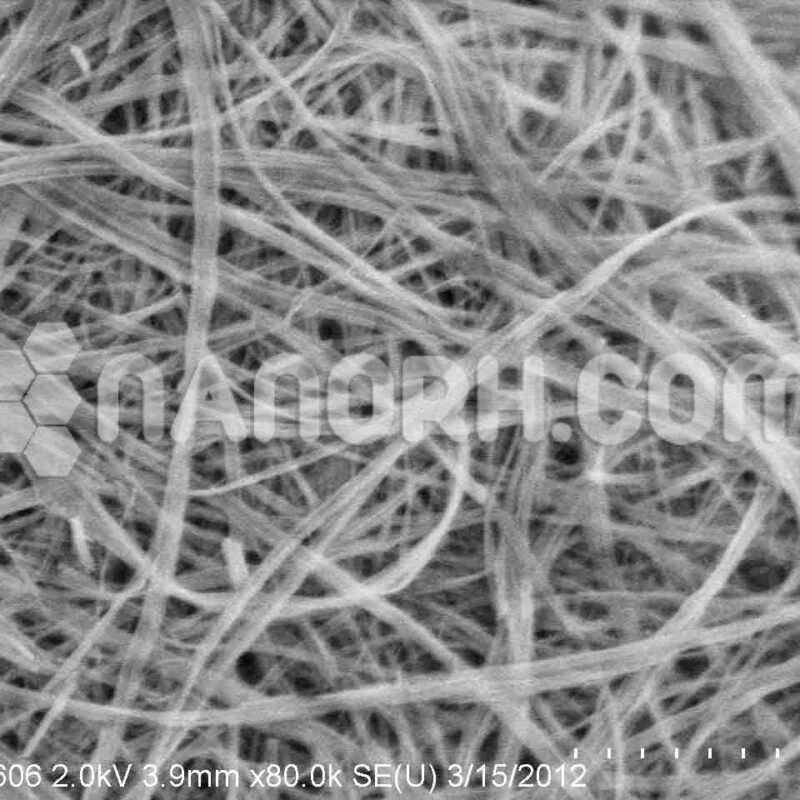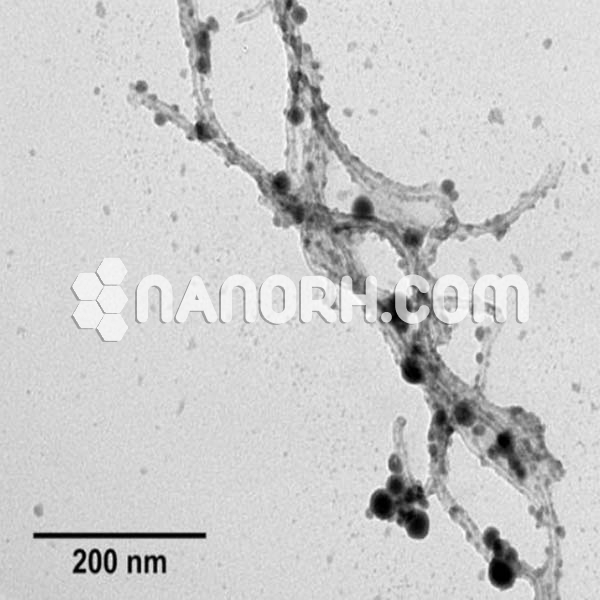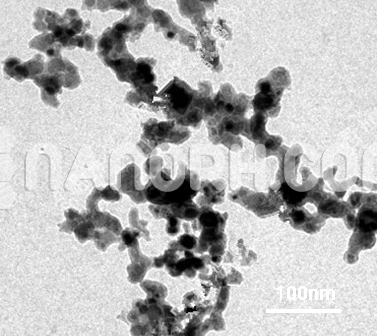Cadmium Selenide Cadmium Sulfur Silica Core Shell NPs (CdSe/ CdS/SiO2, 99.9%, APS: 80-100nm, Metal Salt Core)
| Cadmium Selenide Cadmium Sulfur Silica Core Shell Nanoparticles | |
| Product No | NRE-16002 |
| CAS No. | NA |
| Formula | CdSe/ CdS/SiO2 |
| APS | <100nm (can be customized) |
| Shape | Spherical |
| Purity | 99.9% |
| Core | CdSe/ CdS |
| Shell | Silica |
| Melting Point | NA |
| Boiling Point | NA |
Cadmium Selenide Cadmium Sulfur Silica Core-Shell Nanoparticles
Introduction
Cadmium selenide cadmium sulfur silica core-shell nanoparticles are a class of composite nanomaterials that feature a cadmium selenide (CdSe) core, surrounded by a cadmium sulfide (CdS) shell, and often coated with a silica (SiO₂) outer layer. This structure combines the excellent optical properties of the CdSe core (a well-known quantum dot material) with the photostability and chemical protection of the CdS shell, as well as the biocompatibility and surface functionalization capabilities of the silica shell.
Applications
Solar Cells and Light Harvesting
Solar Energy Harvesting: The excellent light absorption properties of CdSe-CdS-Silica nanoparticles can be utilized in photovoltaic devices and solar cells. These nanoparticles can act as a light-harvesting material in thin-film solar cells to increase the efficiency of converting sunlight into electricity.
Quantum Dots in Solar Cells: The quantum-dot-sensitized solar cells (QDSSCs) can benefit from the high quantum yield and stability of CdSe-CdS-Silica nanoparticles, potentially improving the efficiency of solar energy conversion.
Optical and Chemical Sensing
Chemical Sensors: CdSe-CdS-Silica core-shell nanoparticles can be used as sensitive probes for the detection of gases, ions, and chemical pollutants. Their fluorescence properties can change in response to environmental stimuli (e.g., pH changes, temperature, metal ion concentration).
Optical Sensors: These nanoparticles can be integrated into optical sensors to detect specific analytes by monitoring changes in their fluorescence or absorption spectra. This is particularly useful in environmental monitoring and food safety testing.
Catalysis and Photocatalytic Reactions
Photocatalysis: The CdSe-CdS core-shell system can be used in photocatalytic reactions for the production of hydrogen, pollutant degradation, or CO₂ reduction. The CdS shell improves charge carrier dynamics, making these nanoparticles efficient in photocatalytic applications.
Water Treatment: Due to their photocatalytic properties, these nanoparticles can be used to break down organic contaminants in water and air, providing a sustainable approach to water treatment and environmental cleanup.




